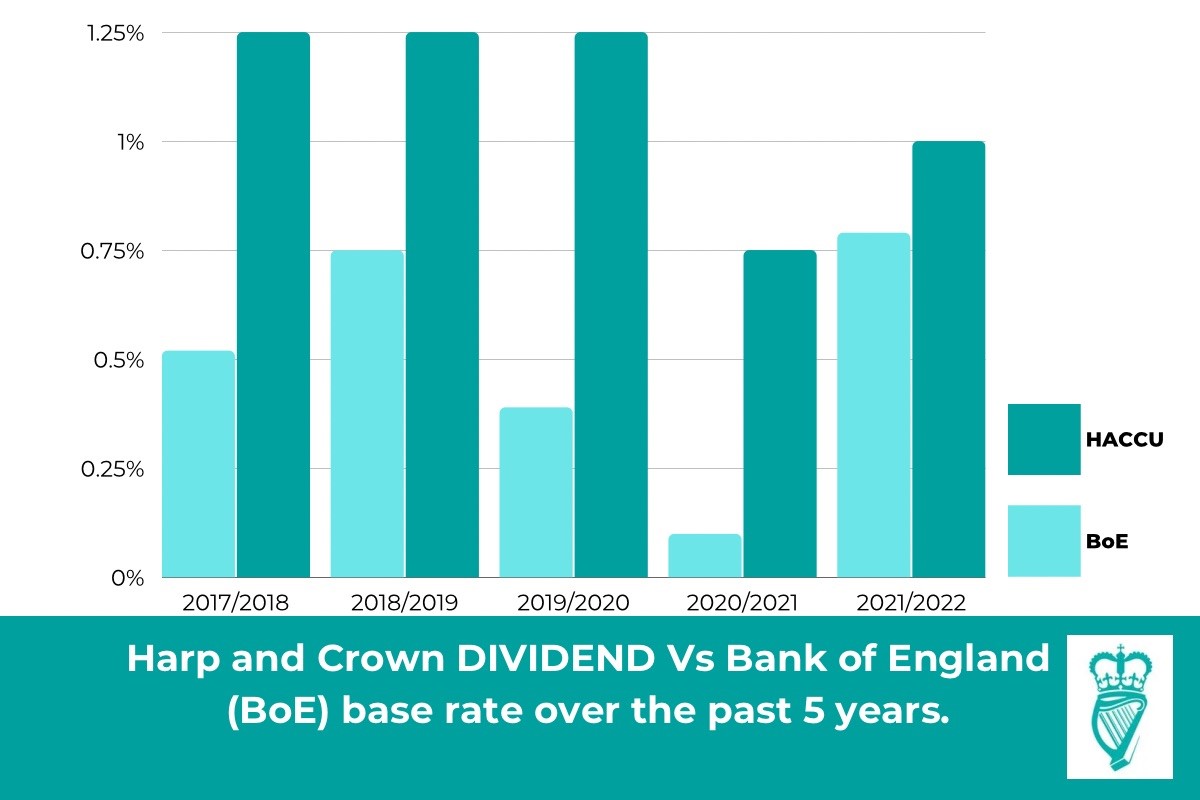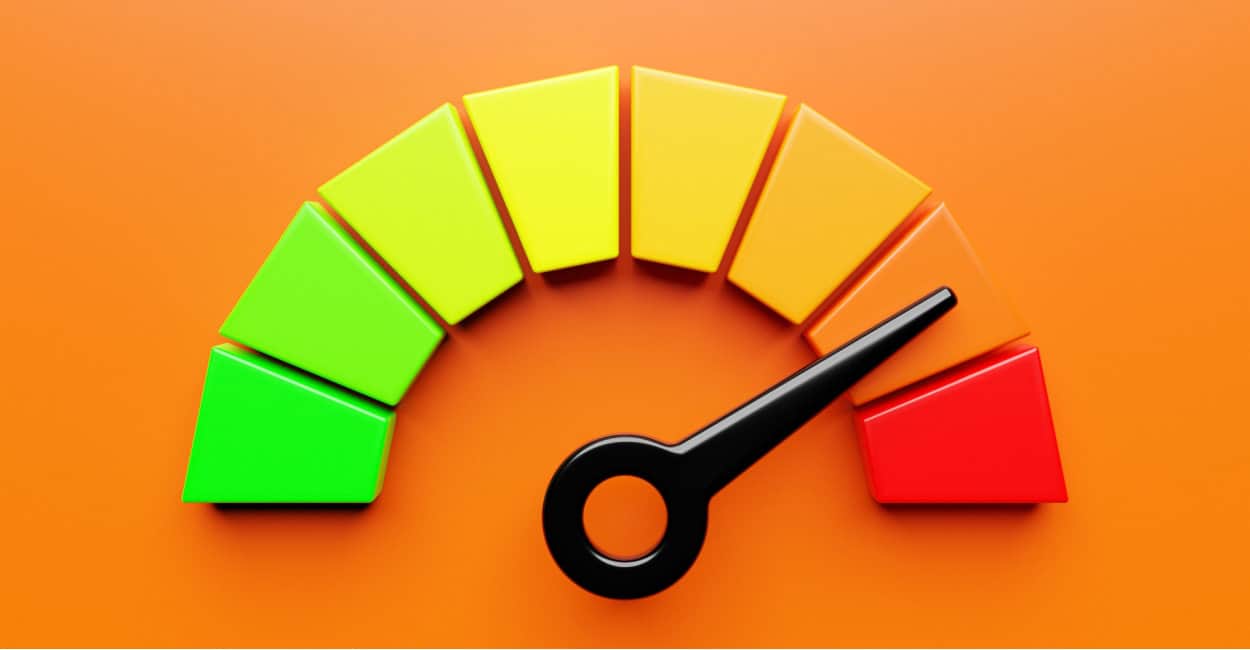

Finance
How Much Does ECT Cost With Insurance
Published: November 21, 2023
Find out how much ECT (Electroconvulsive Therapy) costs with insurance coverage. Get the financial details and explore your financing options for this mental health treatment.
(Many of the links in this article redirect to a specific reviewed product. Your purchase of these products through affiliate links helps to generate commission for LiveWell, at no extra cost. Learn more)
Table of Contents
Introduction
Electroconvulsive therapy, commonly known as ECT, is a medical treatment used to alleviate the symptoms of certain mental health conditions, such as severe depression, bipolar disorder, and schizophrenia. It involves the application of electrical currents to the brain, resulting in controlled seizures that can have a therapeutic effect on these conditions.
While ECT has been proven effective for many patients, the cost of the treatment can be a significant concern for individuals seeking this type of care. Understanding the factors that influence the cost of ECT and the role insurance plays in covering these expenses is crucial for individuals considering this treatment option.
In this article, we will delve into the world of ECT and explore the cost of the treatment with insurance coverage. We will discuss the different factors that can affect the overall cost of ECT and provide insights on how insurance can help offset these expenses. Whether you are someone considering ECT as a treatment option or simply interested in learning more about the financial implications, this article aims to provide you with valuable information.
Understanding Electroconvulsive Therapy (ECT)
Electroconvulsive therapy (ECT) is a medical procedure used to treat severe mental illnesses. It involves the administration of carefully controlled electrical currents to the brain, inducing a brief seizure. This treatment is performed under general anesthesia by a team of trained healthcare professionals.
The exact mechanism of how ECT works is still not fully understood, but it is believed to alter brain chemistry, increase neuroplasticity, and promote changes in neurotransmitter levels. These changes can have a therapeutic effect on various mental health conditions, particularly treatment-resistant depression, bipolar disorder, and certain forms of schizophrenia.
ECT is typically administered in a series of sessions, usually two to three times per week, over a period of several weeks. The exact number of sessions required varies depending on the individual’s condition and response to the treatment.
The decision to undergo ECT is typically made by a psychiatrist or a mental health professional after a thorough evaluation of the individual’s medical history, symptoms, and treatment history. It is important to note that ECT is considered a highly effective and safe treatment option for individuals who have not responded well to other forms of therapy or medication.
During an ECT session, the patient is given a muscle relaxant to prevent any involuntary movements or injury during the seizure. Electrodes are then placed on the scalp, and a small electrical current is passed through the brain, triggering a seizure that lasts for about a minute. The patient is unaware of the procedure and experiences no pain or discomfort.
Following the treatment, the individual is monitored for a brief period to ensure their safety and stability. Some common side effects of ECT may include temporary memory loss, headaches, muscle aches, or confusion immediately after the session, but these typically subside quickly.
It is essential to consult with a qualified healthcare professional to determine whether ECT is a suitable treatment option for your specific condition. They will be able to provide you with personalized information and address any concerns you may have about the procedure.
Factors Affecting the Cost of ECT
Several key factors can impact the overall cost of Electroconvulsive Therapy (ECT). Understanding these factors can help individuals anticipate and budget for the expenses associated with this treatment option. Here are some of the main factors that can influence the cost of ECT:
- Treatment Facility: The type of healthcare facility where you receive ECT can greatly affect the cost. Private hospitals or specialized mental health clinics may charge higher fees compared to public hospitals or outpatient centers.
- Location: The geographic location plays a significant role in determining the cost of ECT. Areas with higher living costs and healthcare expenses tend to have more expensive treatment options.
- Number of Sessions: ECT is typically administered in a series of sessions. The total number of sessions required can vary depending on the individual’s condition and treatment response. The more sessions needed, the higher the overall cost will be.
- Medication and Anesthesia: ECT is performed under general anesthesia, and specific medications are required to induce and manage the seizure. The cost of these medications, as well as the anesthesia itself, can contribute to the overall cost.
- Medical Staff and Equipment: ECT sessions require the presence of a team of healthcare professionals, including psychiatrists, anesthesiologists, nurses, and technicians. Additionally, the equipment used for ECT, such as the electrodes and monitoring devices, can contribute to the cost.
It is important to note that the cost of ECT is not typically a flat fee but rather an accumulation of expenses related to each individual session. Therefore, it is essential to discuss the specific cost breakdown with the treatment facility or healthcare provider.
Keep in mind that the cost of ECT may vary from one healthcare provider to another. It is advisable to consult with multiple providers, compare their fees, and evaluate the quality of care and reputation of the facility before making a decision.
Insurance Coverage for ECT
Insurance coverage for Electroconvulsive Therapy (ECT) varies depending on the type of insurance plan and the specific policy. While ECT is recognized as a medically necessary treatment for certain mental health conditions, the extent of coverage and reimbursement can differ significantly.
Here are some key points to consider regarding insurance coverage for ECT:
- Medical Necessity: Many insurance companies recognize that ECT is an effective and necessary treatment option for individuals with severe mental health conditions. As a result, they may cover a portion of the costs associated with ECT. However, coverage is typically contingent on meeting specific criteria and guidelines regarding the severity and treatment resistance of the condition.
- Pre-authorization: Some insurance plans may require pre-authorization or prior approval before they will cover the cost of ECT. This involves submitting documentation from a healthcare professional, such as a psychiatrist, detailing the necessity and medical justification for the treatment.
- In-Network vs. Out-of-Network Providers: Insurance plans often have a network of preferred healthcare providers, and coverage for ECT may be more favorable when utilizing in-network providers. If you choose an out-of-network provider, the coverage may be limited, and you may be responsible for a greater portion of the expenses.
- Co-payments and Deductibles: Insurance plans typically require individuals to pay co-payments for each ECT session. Additionally, there may be deductibles that need to be met before the insurance coverage kicks in. It is essential to review your insurance policy to understand these financial obligations.
- Coverage Limits: Some insurance plans may have coverage limits on the number of ECT sessions allowed per year or per lifetime. It is important to be aware of these limits and plan accordingly to avoid unexpected out-of-pocket expenses.
It is crucial to thoroughly review your insurance policy or contact your insurance provider directly to understand the specifics of your coverage for ECT. They will be able to clarify the extent of coverage, reimbursement percentages, and any limitations or special requirements that apply.
Additionally, it is advisable to work closely with your healthcare provider’s billing department or a dedicated insurance specialist who can help navigate the insurance process, submit necessary documentation, and ensure proper reimbursement.
Types of Insurance Plans
When it comes to insurance coverage for Electroconvulsive Therapy (ECT), it is important to understand the different types of insurance plans available. The type of insurance plan you have can significantly impact the coverage and out-of-pocket expenses associated with ECT. Here are the main types of insurance plans to consider:
- Private Health Insurance: Private health insurance plans are typically offered by employers or purchased individually. These plans vary in terms of coverage and cost. Private health insurance plans may have different tiers or levels of coverage, such as bronze, silver, gold, or platinum, with higher coverage levels resulting in lower out-of-pocket expenses for ECT.
- Medicare: Medicare is a federal health insurance program primarily for individuals aged 65 and older. Medicare Part A covers hospital stays, and Medicare Part B covers outpatient services, including ECT. While Medicare covers a portion of ECT costs, there may still be co-payments and deductibles that need to be paid out-of-pocket.
- Medicaid: Medicaid is a joint federal and state program that provides health coverage for low-income individuals and families. Medicaid coverage for ECT varies by state, but in general, if ECT is deemed medically necessary, it is likely to be covered. However, specific requirements and limitations may apply, such as obtaining pre-authorization or utilizing in-network providers.
- Managed Care Plans: Managed care plans, such as Health Maintenance Organizations (HMOs) or Preferred Provider Organizations (PPOs), often have a network of healthcare providers that offer services at discounted rates. If you have a managed care plan, it is important to determine whether the providers who offer ECT are within the network to maximize coverage.
- Government Programs: In addition to Medicare and Medicaid, there are other government programs that provide healthcare coverage, such as the Children’s Health Insurance Program (CHIP) and Veterans Affairs (VA) benefits. These programs may have specific guidelines and coverage criteria for ECT.
It is crucial to review the details of your insurance plan and understand the specific coverage and reimbursement policies for ECT. This will help you budget for any out-of-pocket expenses, such as co-pays and deductibles. If you have any questions or need clarification, you can reach out to your insurance provider directly or consult with an insurance specialist knowledgeable in mental health coverage.
Average ECT Costs with Insurance
When considering Electroconvulsive Therapy (ECT), it is important to have a general understanding of the average costs associated with this treatment when insurance coverage is involved. While the cost can vary depending on several factors, including the location and the type of insurance plan, we can provide a ballpark estimate to give you an idea of what to expect.
The total cost of ECT typically includes various components, such as the procedure itself, anesthesia, medical staff fees, and facility charges. On average, the cost of a single ECT session can range from $300 to $800, but keep in mind that this is a rough estimate and the actual cost may be higher or lower.
However, with insurance coverage, the out-of-pocket expenses for ECT can be significantly reduced. In general, insurance plans cover a portion of the cost, typically ranging from 50% to 80% after deductibles and co-payments have been met. The exact coverage depends on your insurance plan and whether the healthcare provider is in-network or out-of-network.
For instance, if your insurance plan covers 70% of the cost and your deductible is $500, you would be responsible for paying the remaining 30% of the cost after the deductible has been met. It is important to note that these percentages and deductibles can vary based on your specific insurance policy, so be sure to review your plan documents for accurate details.
Furthermore, some insurance plans have a cap on the number of ECT sessions covered per year or per lifetime. It is crucial to check if your policy has any limitations on the frequency or duration of ECT sessions to avoid unexpected costs.
It is also worth mentioning that the cost of ECT can vary depending on the type of facility where the treatment is received. For example, private hospitals or specialized mental health clinics may have higher fees compared to public hospitals or outpatient centers covered by insurance.
It is essential to contact your insurance provider directly to get specific information about your coverage for ECT. They can provide details on the reimbursement rates, any coverage limitations, and help you understand your financial responsibilities.
By having a clear understanding of the average ECT costs with insurance coverage, you can better plan and budget for the expenses associated with this treatment option.
Out-of-Pocket Expenses for ECT
While insurance coverage can significantly reduce the cost of Electroconvulsive Therapy (ECT), there are certain out-of-pocket expenses that individuals may still be responsible for. These expenses can vary depending on your insurance plan, deductible, co-payments, and any coverage limitations. Here are some out-of-pocket expenses to consider:
- Co-Payments: Many insurance plans require individuals to pay a co-payment for each ECT session. This is a fixed amount that you are responsible for paying out-of-pocket. Co-payments can range from $20 to $100 or more per session, depending on your insurance policy.
- Deductibles: A deductible is an amount that you must pay before your insurance coverage kicks in. For example, if your deductible is $1,000 and the cost of ECT is $500 per session, you would need to pay the full cost of the first two sessions out-of-pocket until you reach your deductible amount.
- Out-of-Network Providers: If you choose an out-of-network healthcare provider for ECT, your insurance coverage may be limited. You may be responsible for a greater percentage of the cost or even the full amount, depending on your plan’s out-of-network coverage policy.
- Additional Services or Tests: There may be additional services or tests required during your ECT treatment, such as laboratory tests or imaging studies. These services may have separate costs that are not fully covered by insurance, resulting in out-of-pocket expenses.
- Transportation and Accommodation: Depending on the location of the ECT facility, you may need to consider transportation and accommodation costs. If you reside far from the treatment site or require overnight stays, these expenses may not be covered by insurance and would be out-of-pocket.
It is crucial to thoroughly review your insurance policy and understand the specific out-of-pocket expenses associated with ECT. This will help you budget and plan accordingly to avoid any surprises. You can also contact your insurance provider directly to obtain detailed information regarding your coverage and any potential out-of-pocket costs.
Additionally, it may be beneficial to discuss the out-of-pocket expenses with the billing department of the healthcare facility providing the ECT treatment. They can provide you with an itemized breakdown of the costs associated with each session and any potential discounts or financial assistance programs that might be available to you.
By understanding the potential out-of-pocket expenses for ECT, you can make informed decisions and prepare financially for your treatment journey.
Ways to Lower ECT Costs with Insurance
Electroconvulsive Therapy (ECT) can be a costly treatment, but there are several strategies you can employ to help lower the overall costs, even when insurance is involved. Here are some ways to reduce ECT costs with insurance:
- Choose In-Network Providers: Opting for healthcare providers who are in-network with your insurance plan can significantly reduce your out-of-pocket expenses. In-network providers have negotiated rates with insurance companies, resulting in lower costs for you.
- Understand Your Insurance Policy: Thoroughly review your insurance policy to understand the coverage details, such as the percentage of coverage, co-payments, deductibles, and any coverage limitations. Knowing your policy inside-out will help you plan and budget accordingly.
- Obtain Pre-Authorization: Before starting ECT treatment, make sure to obtain pre-authorization or prior approval from your insurance company. This ensures that the treatment is deemed medically necessary and covered by your insurance plan, minimizing the risk of unexpected expenses.
- Explore Medication Options: Discuss with your healthcare provider the possibility of adjusting or optimizing your medication regimen to potentially minimize the need for extended or additional ECT sessions. This might help reduce the overall treatment cost.
- Research Different Healthcare Facilities: Compare the costs and reputations of different healthcare facilities that offer ECT. Some facilities may have lower fees while still maintaining high-quality care. It’s important to strike a balance between cost and quality.
- Financial Assistance Programs: Inquire with the treatment facility or your insurance provider about financial assistance programs. Some facilities offer discounted rates or payment plans for individuals who qualify based on financial need.
- Advocate for Coverage: If your insurance company denies coverage or imposes restrictions, you have the right to appeal their decision. Work with your healthcare provider to gather the necessary documentation and make a compelling case for the medical necessity of ECT.
- Stay Informed: Keep yourself updated on any changes to your insurance policy. Insurance plans can undergo revisions, and it’s important to stay informed about any updates that might affect your coverage for ECT.
Remember, communication is key. Stay in close contact with your insurance provider, healthcare provider, and the billing department of the ECT facility to ensure that all financial matters are properly addressed.
By taking proactive measures and exploring these options, you can potentially reduce the financial burden of ECT and make the treatment more accessible and affordable.
Conclusion
Electroconvulsive Therapy (ECT) can be a highly effective treatment for individuals with severe mental health conditions. However, the cost of ECT can be a significant concern for many people considering this treatment option. Understanding the factors affecting the cost of ECT and the insurance coverage available is crucial in planning and preparing for the financial aspects of the treatment.
In this article, we have explored the various aspects of ECT costs with insurance coverage. We discussed factors that can influence the overall cost of ECT, such as the treatment facility, location, number of sessions, medication, and medical staff fees. We also examined the different types of insurance plans, including private health insurance, Medicare, Medicaid, managed care plans, and government programs.
Insurance coverage for ECT varies, and it is important to review your policy to understand the specifics of your coverage, including pre-authorization requirements, in-network vs. out-of-network providers, co-payments, deductibles, and coverage limits. We also highlighted strategies to help lower ECT costs with insurance, such as choosing in-network providers, understanding your policy, exploring medication options, and researching different healthcare facilities.
By being proactive, informed, and advocating for yourself, you can navigate the complexities of insurance coverage for ECT and potentially reduce out-of-pocket expenses. Consulting with your insurance provider, healthcare provider, and the billing department of the ECT facility can provide valuable insights and assistance throughout the process.
Ultimately, ECT is a valuable treatment option for individuals struggling with severe mental health conditions. While the financial aspect is undoubtedly an important consideration, it should not be a deterrent to seeking the care and support you need. By understanding the costs and available insurance coverage, you can make informed decisions and pursue the path to better mental health.
Please note that the information in this article is intended for educational purposes only and should not replace advice from a healthcare professional or financial advisor. If you are considering ECT or have questions regarding your insurance coverage, it is essential to consult with qualified professionals who can provide personalized guidance based on your specific circumstances.














